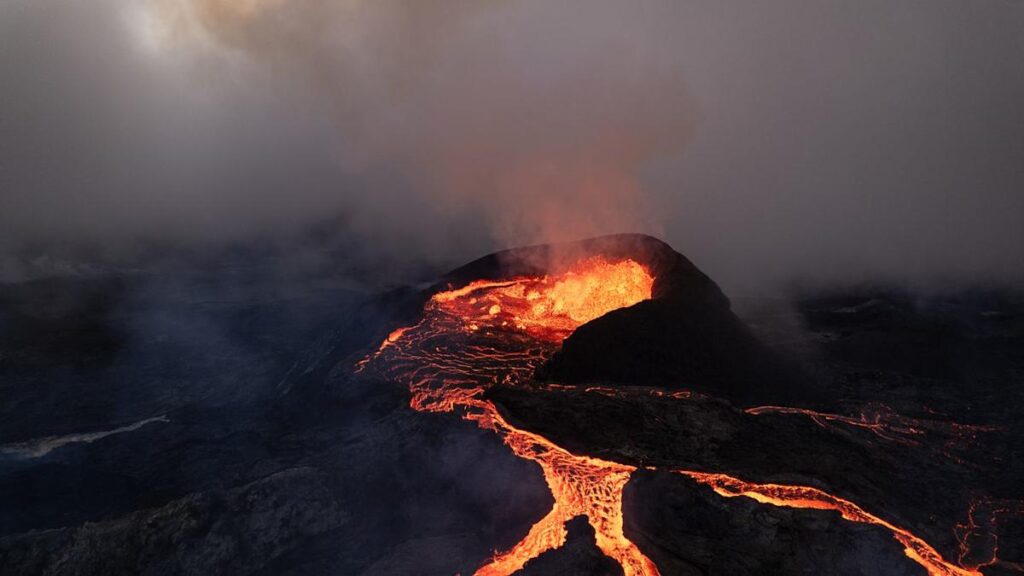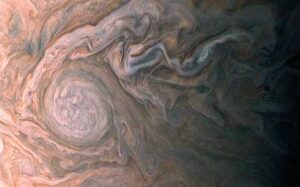
An international team of scientists has discovered a “ghost plume” beneath eastern Oman, potentially reshaping our understanding of Earth’s geologic processes. This finding, published in the journal Earth and Planetary Science Letters, reveals a mantle plume that lacks the typical surface volcanic activity, challenging existing geological models.
Mantle plumes play a crucial role in Earth’s geology, influencing plate tectonics, creating mineral deposits, and even contributing to mass extinction events. The discovery of this amagmatic plume—dubbed a “ghost plume”—could provide new insights into how heat escapes from the core-mantle boundary.
Understanding the Discovery
The research was led by seismologist Simone Pilia from King Fahd University of Petroleum and Minerals in Saudi Arabia. Pilia stumbled upon the plume while analyzing seismic data from the region. Seismic waves, generated by earthquakes, traverse the Earth and provide a glimpse into its internal structure. Pilia noticed an anomaly: a cylindrical region beneath eastern Oman where seismic waves moved more slowly, indicating higher temperatures and less rigid rock.
This anomaly suggested the presence of a mantle plume, yet the region lacked the surface volcanism typically associated with such features. Further investigations confirmed the existence of the plume, which Pilia affectionately named “Dani” after his son. “The more we gathered evidence, the more we were convinced that it is a plume,” Pilia told New Scientist.
Implications of a ‘Ghost Plume’
If the “Dani plume” is indeed a ghost plume, it would be the first of its kind ever detected. This discovery could prompt scientists to reassess the amount of heat moving from the core-mantle boundary and consider the possibility of other ghost plumes worldwide. Such a revelation could alter our understanding of Earth’s geologic history and the dynamics of mantle plumes.
Mantle plumes are known to initiate seafloor spreading, serve as sources of significant mineral deposits like nickel, platinum, and diamonds, and even trigger global mass extinction events. The existence of ghost plumes could have profound implications for these processes.
Geological Context and Historical Parallels
Oman’s geological landscape provides additional evidence supporting the presence of a ghost plume. The region continues to rise in elevation despite the absence of tectonic compression, suggesting an underlying geologic anomaly. This phenomenon aligns with models of the Indian tectonic plate’s movement during the late Eocene epoch.
Historically, mantle plumes have been instrumental in shaping Earth’s surface. The Hawaiian Islands and Yellowstone’s geothermal activity are prime examples of their impact. However, the discovery of a ghost plume challenges the notion that all mantle plumes manifest as surface volcanic activity.
Future Research and Exploration
The identification of the “Dani plume” opens new avenues for research. Geologists are now tasked with developing methods to detect other ghost plumes and understanding their role in Earth’s geologic processes. This could lead to a reevaluation of how heat is transferred within the planet and its effects on surface geology.
As scientists continue to explore the mysteries of the Earth’s interior, the discovery of ghost plumes could redefine our understanding of the planet’s dynamic processes. The potential for more such plumes around the world underscores the importance of advancing seismic analysis techniques and expanding our knowledge of Earth’s hidden geologic features.
The journey to uncovering the secrets of ghost plumes is just beginning, and the scientific community eagerly anticipates the insights that future research will bring.







